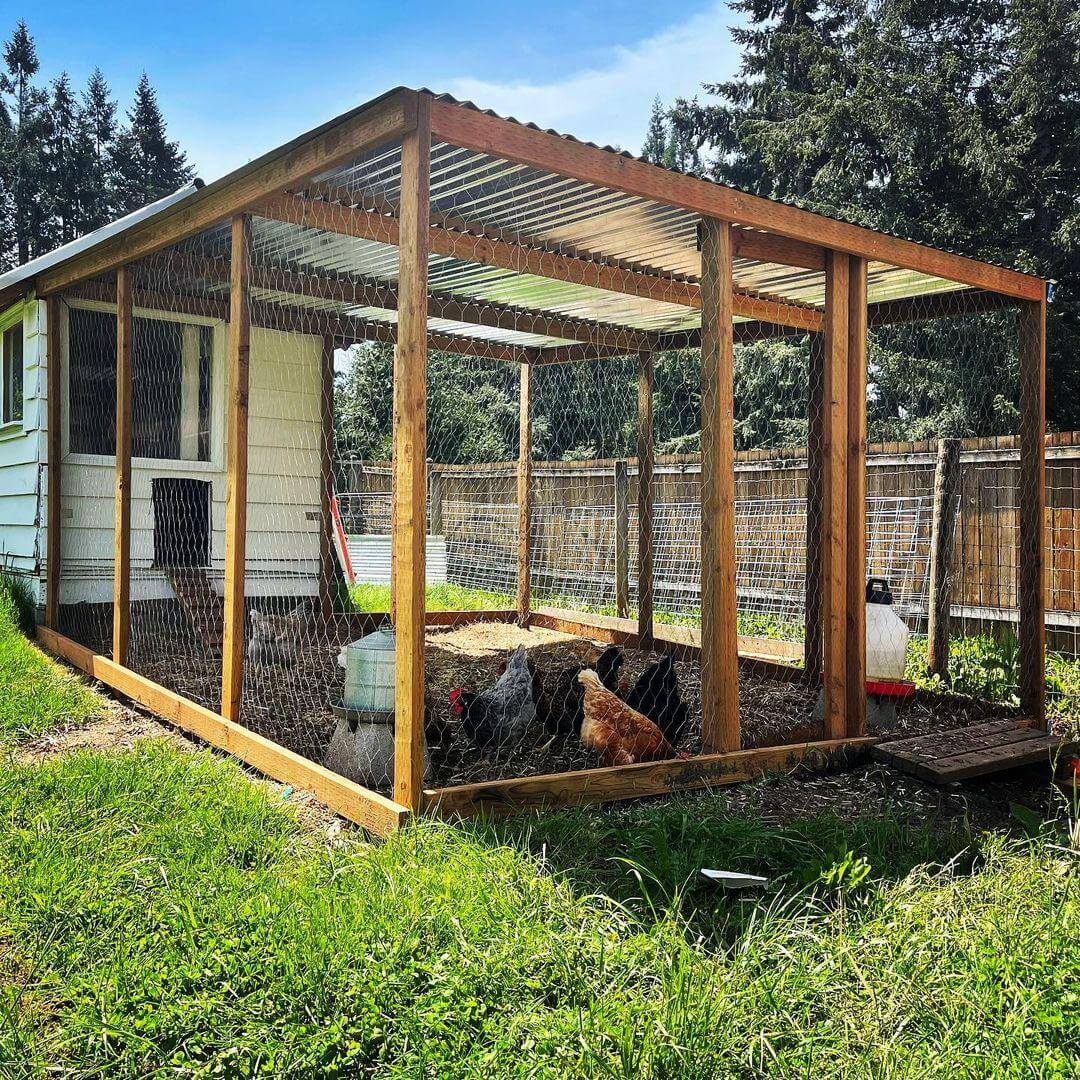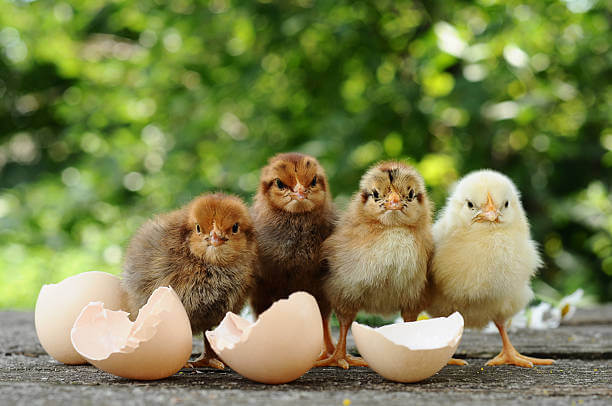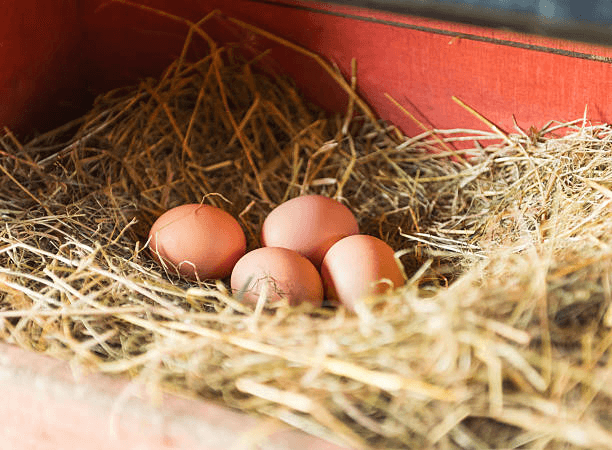Why is a chicken run important?
A chicken run is an enclosed area where chickens can roam freely while still being protected from predators. It provides them with space to exercise, forage for food, and enjoy the outdoors. A well-designed chicken run is essential for their physical and mental health.
Protection from predators
One of the main reasons to consider adding a roof to a chicken run is to protect the chickens from predators. Without a roof, chickens are vulnerable to attacks from birds of prey, such as hawks and owls, as well as ground predators like foxes, raccoons, and even domestic dogs.
A roof can act as a deterrent, preventing these predators from swooping down or climbing into the chicken run. It provides an extra layer of security and peace of mind for chicken owners.
Shelter from the elements
In addition to protecting chickens from predators, a roof also provides shelter from the elements. Chickens can be sensitive to extreme weather conditions, including excessive heat, heavy rain, and snow.
A roof helps to regulate the temperature inside the chicken run, providing shade during hot summer days and keeping the area dry during rainy seasons. It creates a more comfortable environment for the chickens, reducing the risk of heat stress or getting wet and cold.
Preventing escape and keeping out pests
Another advantage of having a roof on a chicken run is that it helps prevent chickens from escaping and keeps out unwanted pests. Chickens are known for their ability to fly short distances and may attempt to fly over the fence if they feel threatened or enticed by something outside.
A roof acts as a barrier, preventing chickens from flying out and potential predators from flying in. It also helps to keep out pests like rats, mice, and wild birds that may carry diseases or steal the chickens' food.
a. Chicken Wire:

b. Corrugated metal roofing

c. Shingles roofing

d. Shade cloth roofing

Conclusion
While it is possible to have a chicken run without a roof, it is highly recommended to add one for the safety and well-being of the chickens. A roof provides protection from predators, shelter from the elements, prevents escape, and keeps out pests.
Remember, happy and healthy chickens are more likely to lay eggs regularly and live longer lives. So, if you're considering building or upgrading a chicken run, don't forget to include a roof!



Leave a comment
All comments are moderated before being published.
This site is protected by hCaptcha and the hCaptcha Privacy Policy and Terms of Service apply.